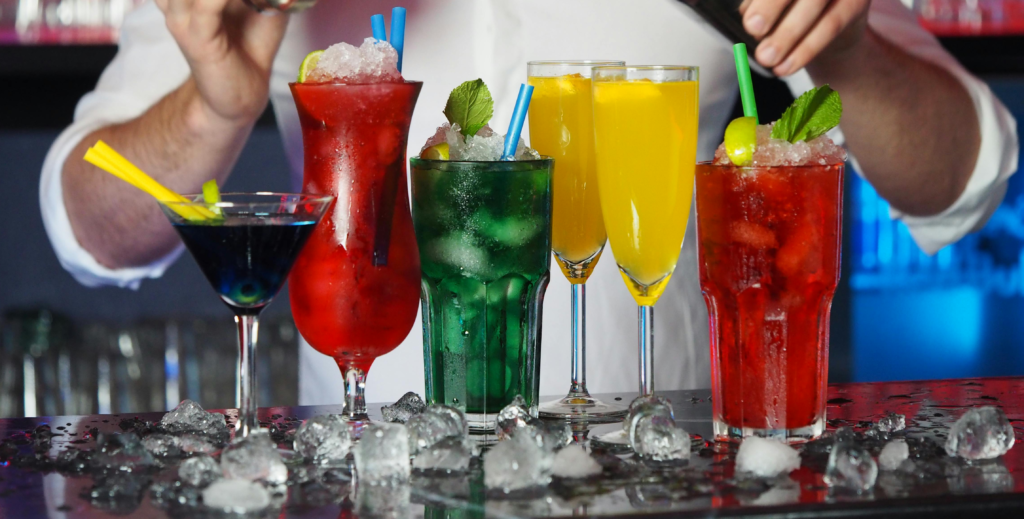
When you travel around the world, we recommend trying the local tipple. Sometimes tipsy tourists bring home the best stories! Countries are proud of their regional spirits, and certain types of alcohol are synonymous with specific countries (i.e. Tequila & Mexico). Many distilling, fermenting, and brewing processes go back centuries, so it is fascinating to learn how liquors are made. You can always taste a country’s alcoholic beverage in a bar, but we recommend touring an actual production site to watch the magic happen. Below are a few national liquors we recommend you taste on your travels…but be careful some of them really pack a punch!
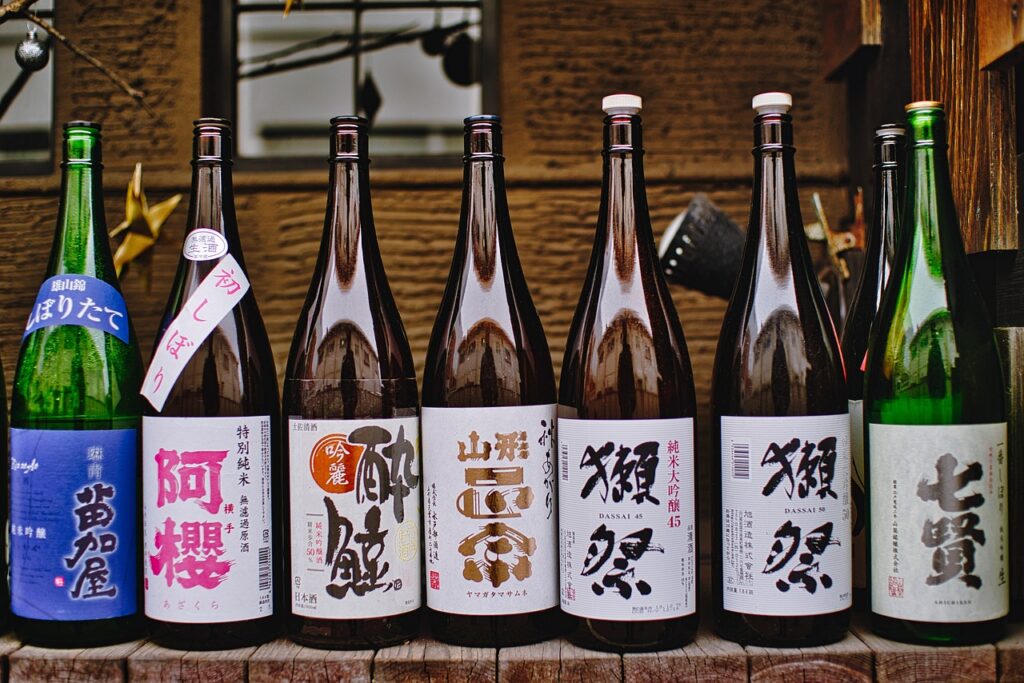
Japan: Sake. Also known as Japanese rice wine, sake is an alcoholic beverage made from fermented rice, water, koji and yeast. Despite the reference to wine, sake actually undergoes a brewing process similar to beer. Starch is converted into sugars that later ferment into alcohol. Sake does not have one singular taste. It ranges from sweet to bitter depending on the amount of polishing and the kind of yeast used. Some sakes have fruity aromas and flavors such as melon, apple, banana, and pear. Others have nutty or herbal tasting notes. Sake’s alcohol volume or ABV typically ranges from 13% to 17%.
Portugal: Port. Most commonly, port is a sweet fortified red wine, but there are white varieties. It is best paired with dessert or drunk as an aperitif. Only grapes grown and processed in the Douro Valley can be labelled “port.” Vintners add a neutral grape spirit called aguardente to stop the fermentation, and then age the wine in barrels. Aguardente leaves residual sugar in the wine, and boosts the alcohol content. Port is richer and sweeter than unfortified wines and its ABV is typically between 16% and 20% alcohol.


Italy: Grappa. Grappa is a fragrant brandy typically consumed as a digestif — on its own or after an espresso. It is made by distilling the pomace (skins, pulp, seeds and stems) leftover after winemakers press the grapes. Most grappa is clear and dry and tastes of whatever grape variety the pomace came from. Thus, it can be fruity, floral, or even nutty. Grappa contains 35 to 60 percent alcohol by volume.
Mexico: Tequila. This distilled beverage is made from blue agave plants grown in the Mexican state of Jalisco. Juice extracted from the agave plant is fermented in vats for a few days to produce a wort (which has low alcohol content). The wort is then distilled twice to produce clear silver tequila. Some distilleries age the silver tequila in wooden barrels to create a mellower flavor and amber color. Most tequilas are smooth, sweet, and fruity. Some have spicier, more herbaceous/earthy flavors. You can drink tequila neat, or take it as a shot followed by salt and lime. Tequila has between 35% and 55% alcohol content.
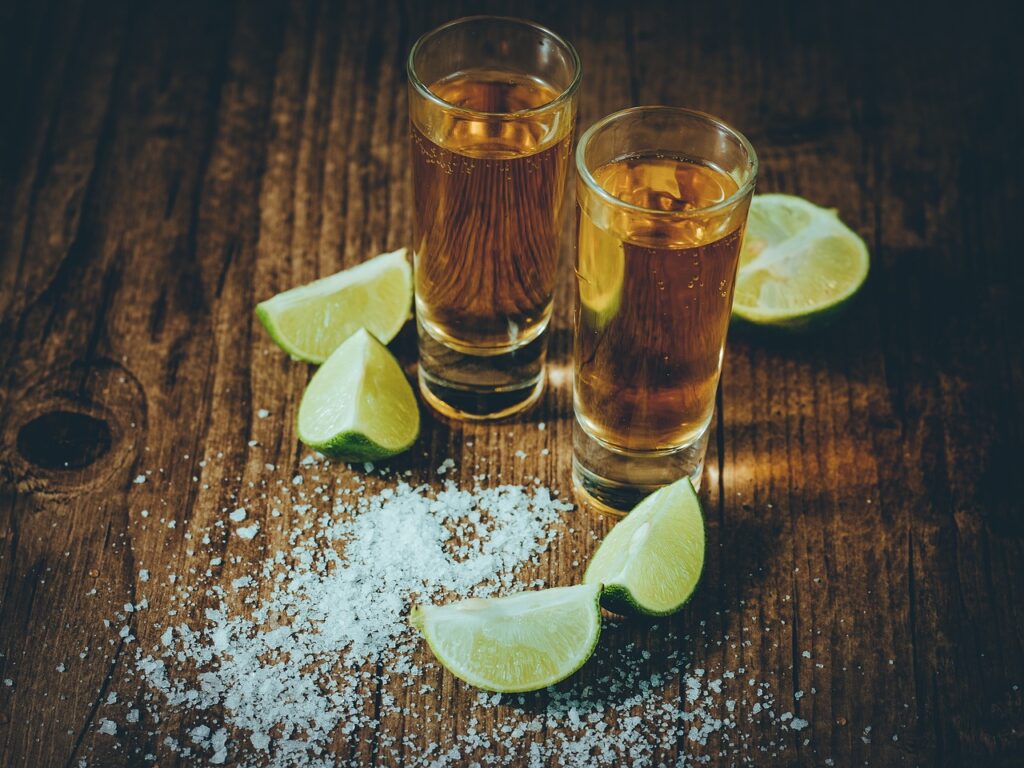
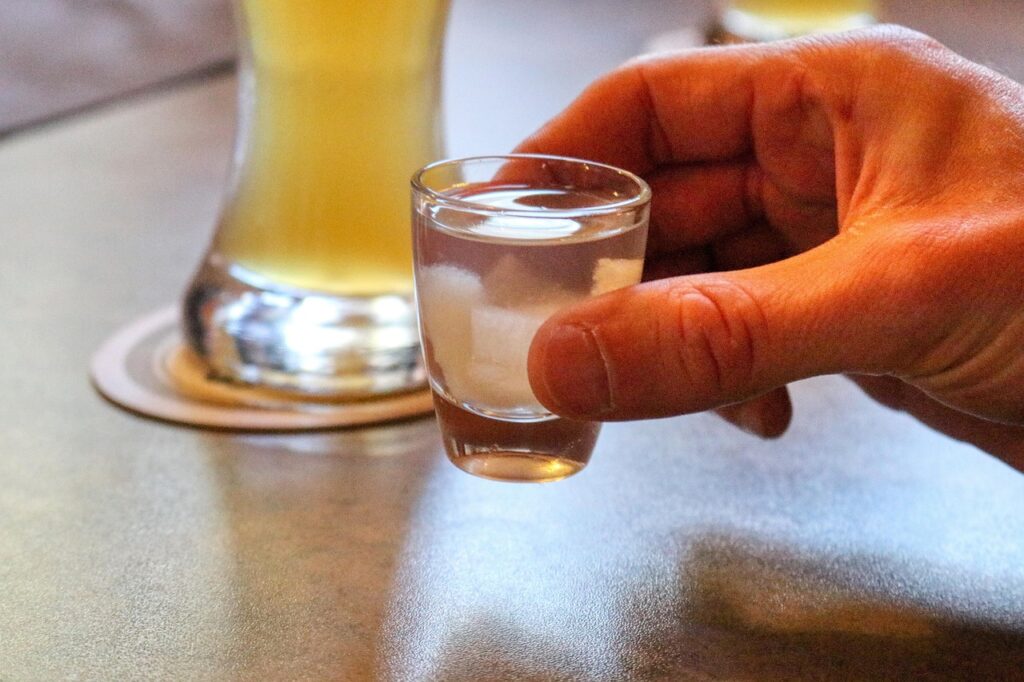
Germany: Schnapps. The word Schnaps refers to any type of strong, dry spirit, flavored with fruit or herbs. One method is to ferment macerated fruit (such as peaches, apricots, plums, apples, or pears) and distill it to produce a clear, unsweetened brandy. The second method is to infuse macerated fresh berries, fruits, or herbs in a neutral spirit and steep them for a while prior to distillation. Schnapps will taste like the fruit it is flavored with. The alcohol content usually ranges between 15 and 25 percent ABV, but can be as high as 40%.
Switzerland: Absinthe. Colloquially called “The Green Fairy,” absinthe is a green-colored, anise-flavored spirit. Plants such as grand wormwood, green anise, and florence fennel are added to raw alcohol. After 12-24 hours, water is added (same amount as the alcohol) and the mixture is slowly distilled at a high temperature. Historically absinthe was banned for causing hallucinations and other mental impairments. Those claims have since been proven to be exaggerations. Absinthe is still a potent potable though — its ABV typically falls between 45% and 74%.


Brazil: Cachaça. Cachaça is made from fresh sugarcane juice that has been fermented and distilled. It is often compared to rum. However, rum is made from molasses (a by-product of boiling sugar cane juice), not the juice itself. The cheaper variety, white Cachaça, is bottled immediately after distillation, and is most commonly found in tropical drinks such as the caipirinha. The more expensive yellow Cachaça is aged in wooden barrels until it is smooth enough to be drunk neat. Alcohol by volume for Cachaça ranges from 38–48%.
Hungary: Unicum. This Hungarian herbal liqueur is usually consumed as an apéritif or digestif. The secret formula is still guarded by the Zwack family. However, we know at least forty different herbs are combined with corn alcohol and aged in oak casks for over 6 months. As the name suggests, Unicum is unique. The black liquor has a thick, goopy texture, and an acquired taste. It is bitter and herbaceous, with some root, cherry, and citrus notes. The Hungarian liqueur has 40% ABV.
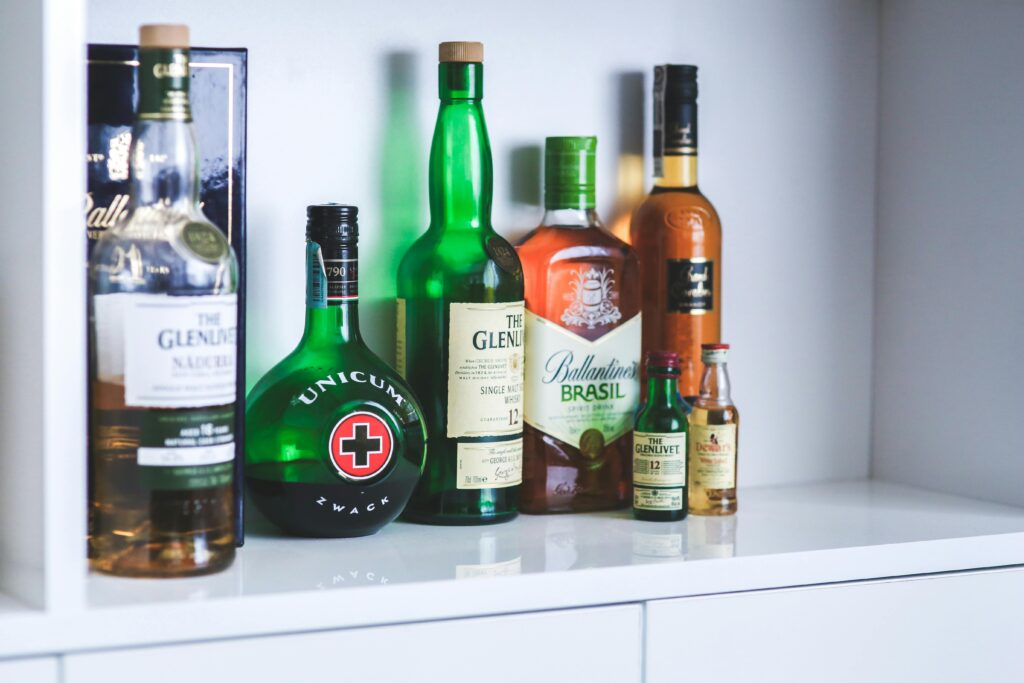
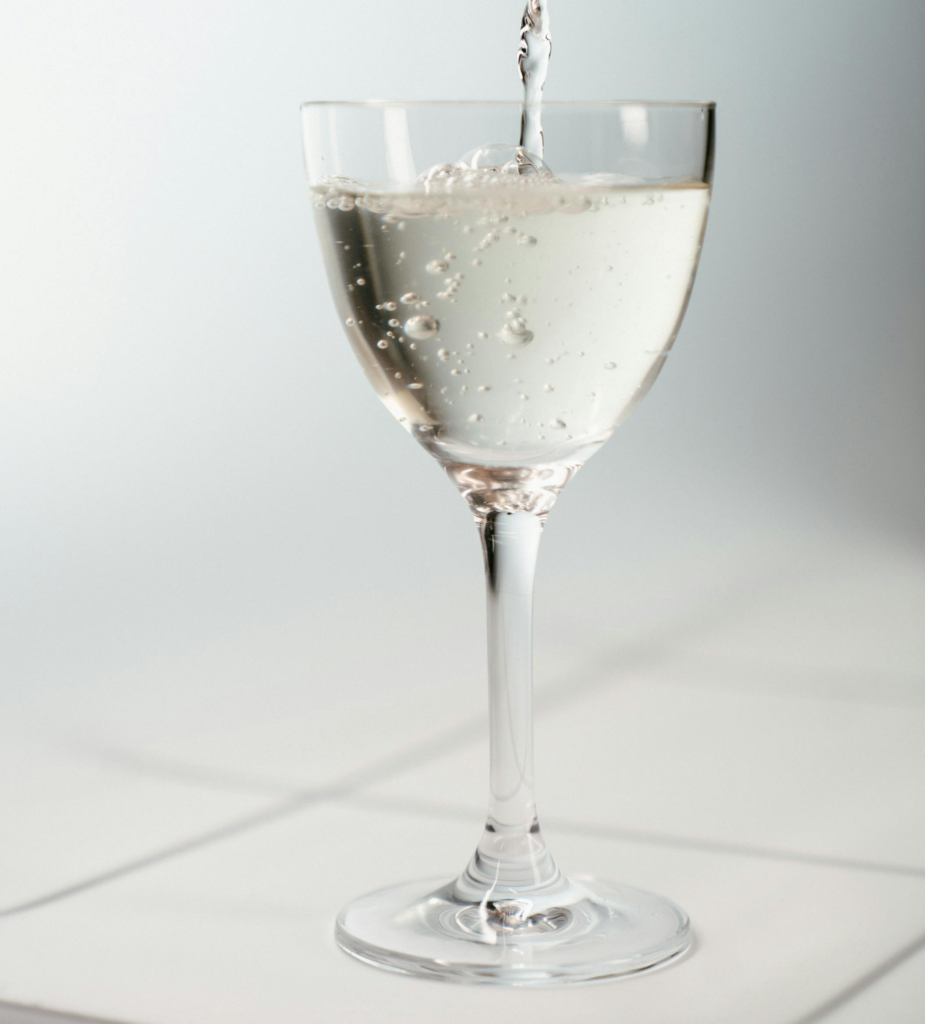
Belgium and The Netherlands: Jenever. This juniper-flavoured liquor is popular in both The Netherlands and Belgium. There are two varieties of jenever, old and young. They are distinct not because of aging, but because of distilling techniques. Jenever traditionally involved distilling malt wine in pot stills, but during World War II grains such as barley, wheat, spelt, and rye were scarce. So, distillers started using a neutral grain or molasses alcohol produced from a distillation column, and adding botanicals as juniper berries and spices. Young jenever has a fairly neutral taste, whereas old jenever has a fuller malty/grainy taste. In terms of alcohol strength, jenever is between 35% and 48% ABV.
Peru and Chile: Pisco. Pisco is a colorless or yellowish substance made by distilling fermented grape juice into a high-proof spirit. The juice is fermented for seven days, and distilled in large copper basins. Typically the juice comes from Muscat or Italia grapes. Pisco can be made from one grape varietal or a blend. The spirit tastes like grapes, often with light citrus, floral vanilla notes. It is most commonly used in the pisco sour cocktail. Pisco has alcohol content between 38% and 48%.
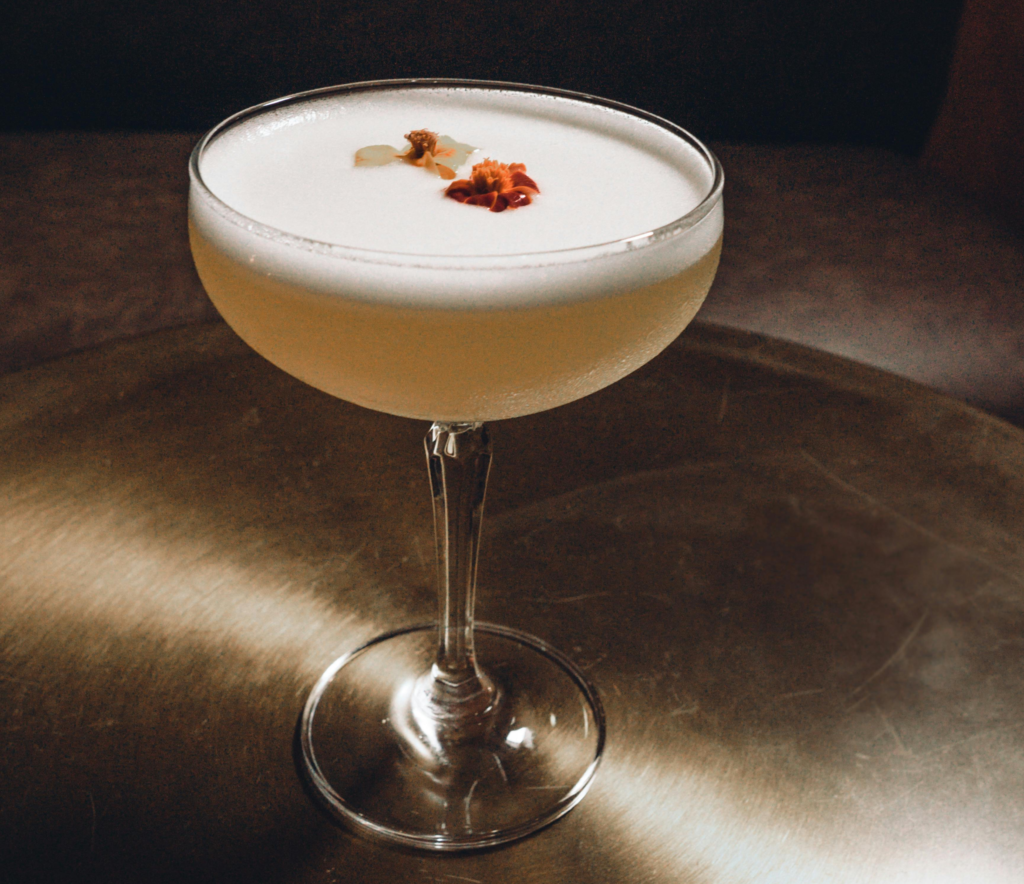
The above are just some country-specific spirits. Some of our personal favorites include Vana Tallinn from Estonia, Pastis from France, Soju from South Korea, and Riga Black Balsam from Latvia. Feel free to mention your favorite liqueurs in the comments. Keep traveling and enjoying your potent potables!
If you are looking for more beverage-related content, please read our articles Best Places for Coffee Connoisseurs, and Raise A Glass: Best Bars In Mexico City.